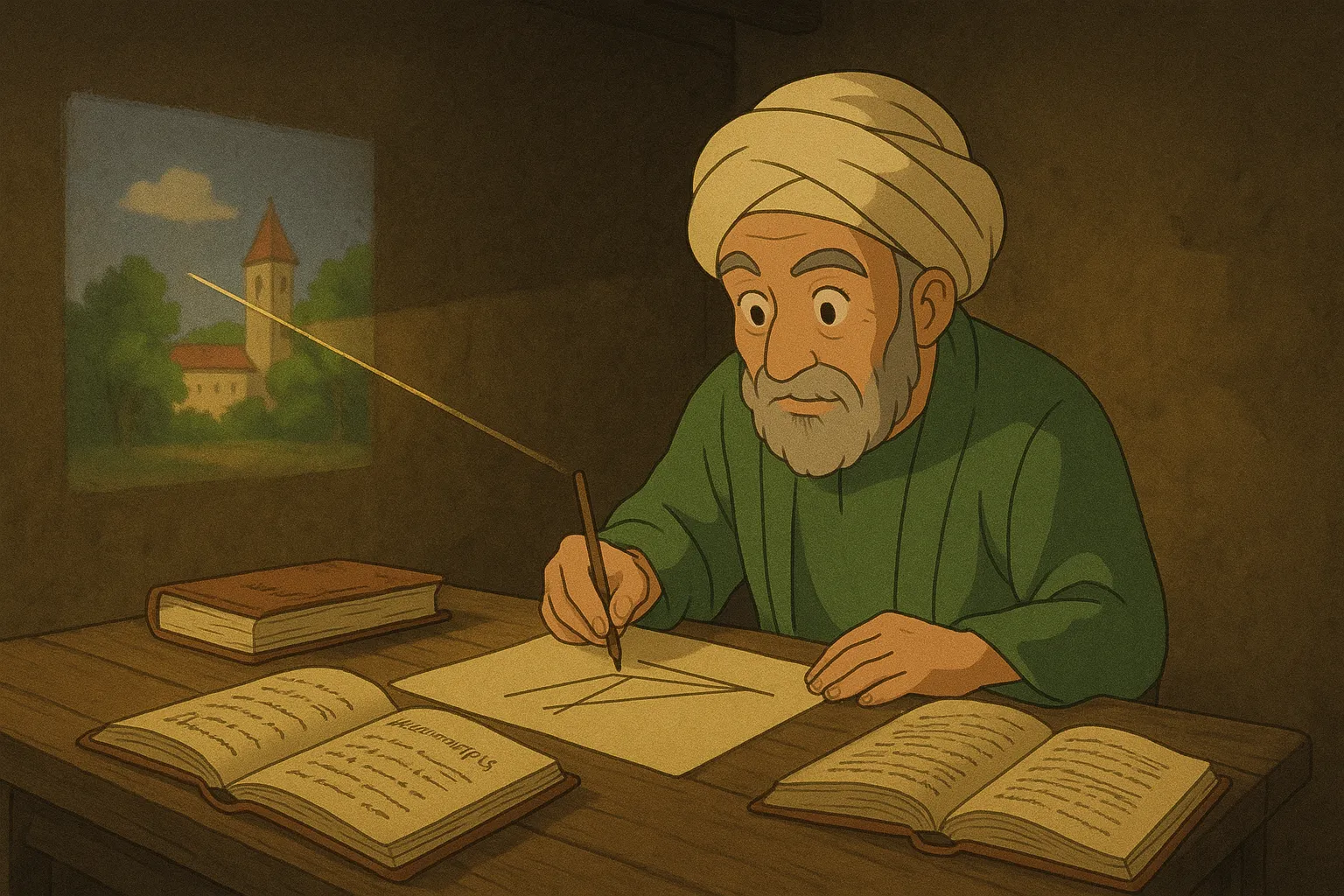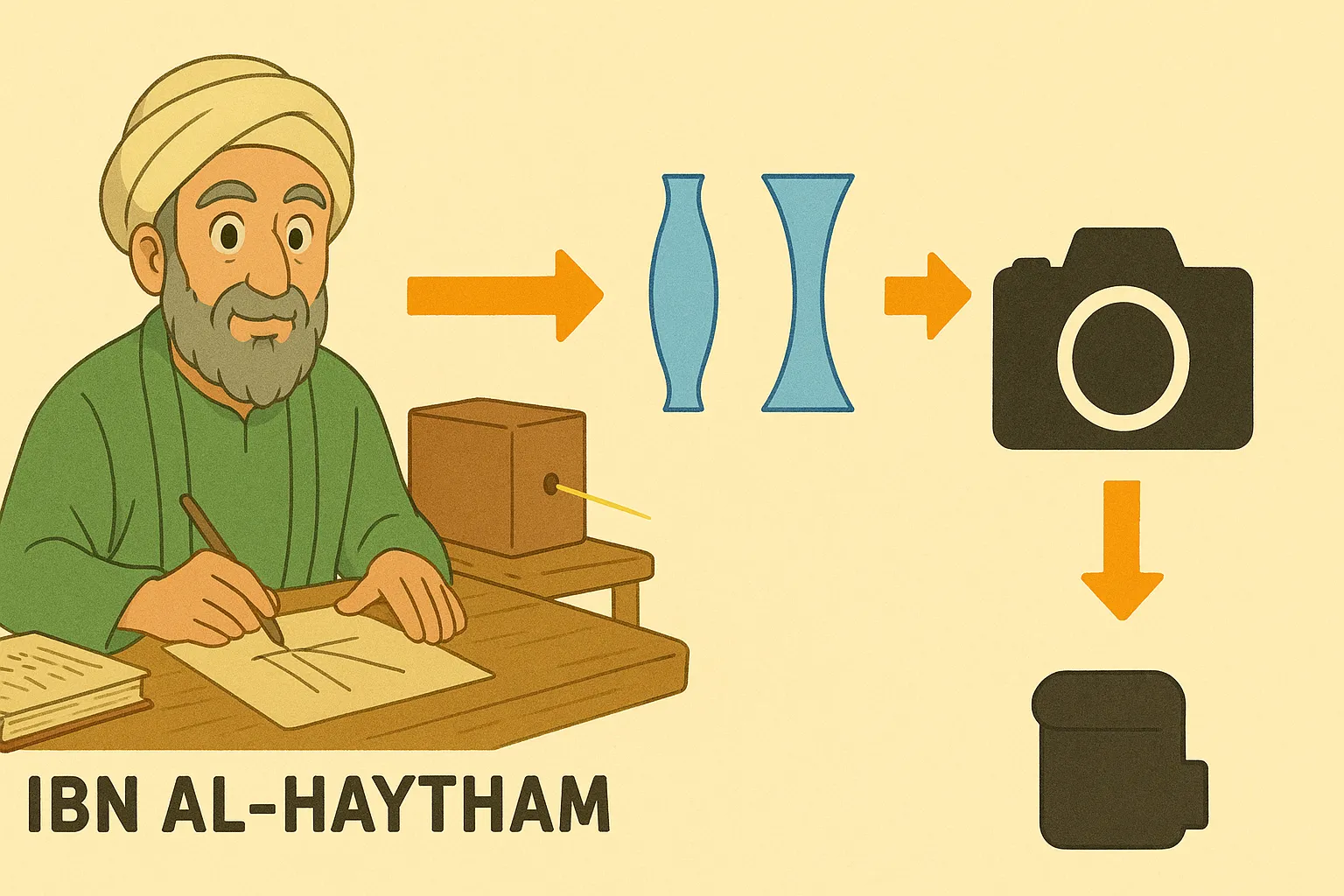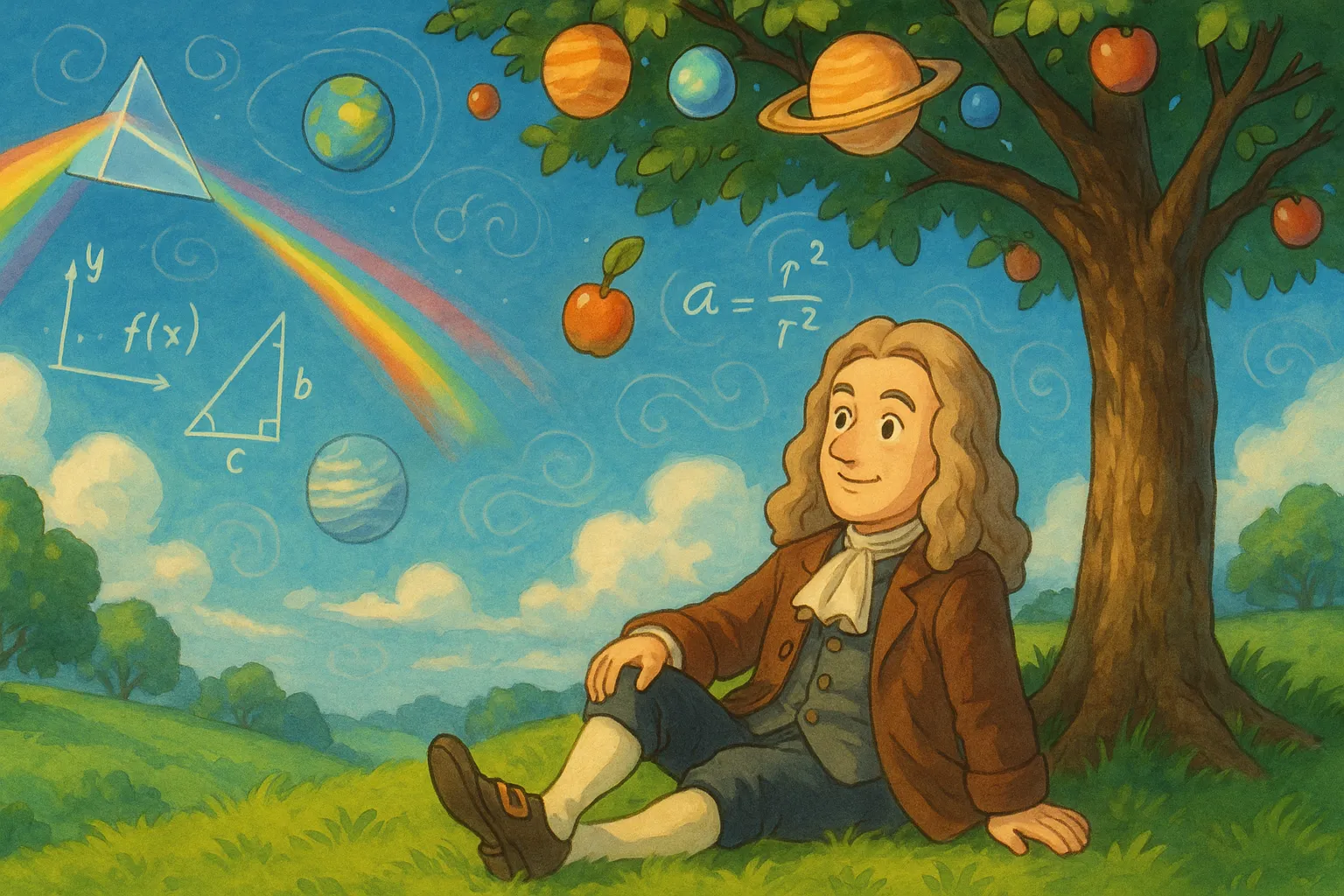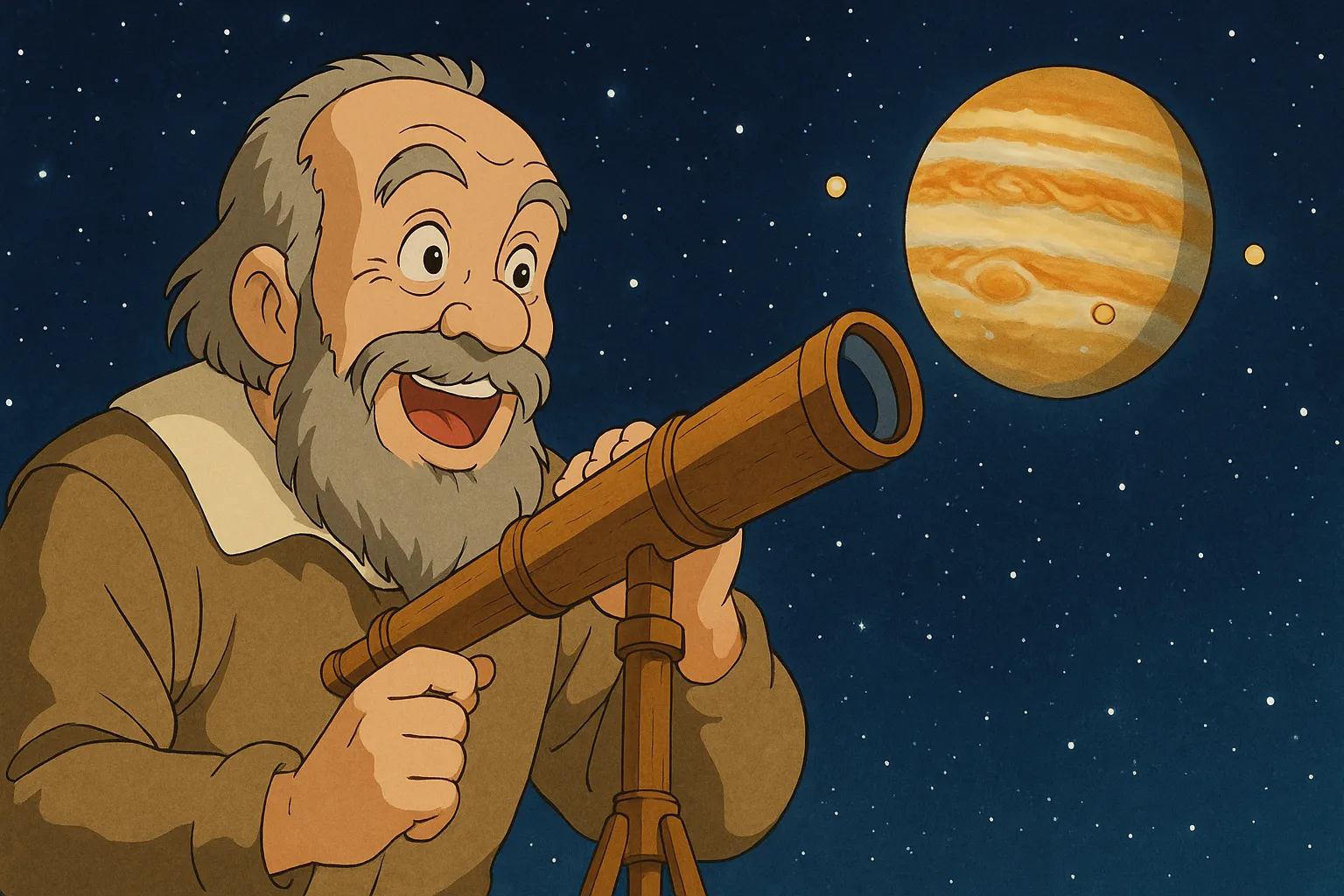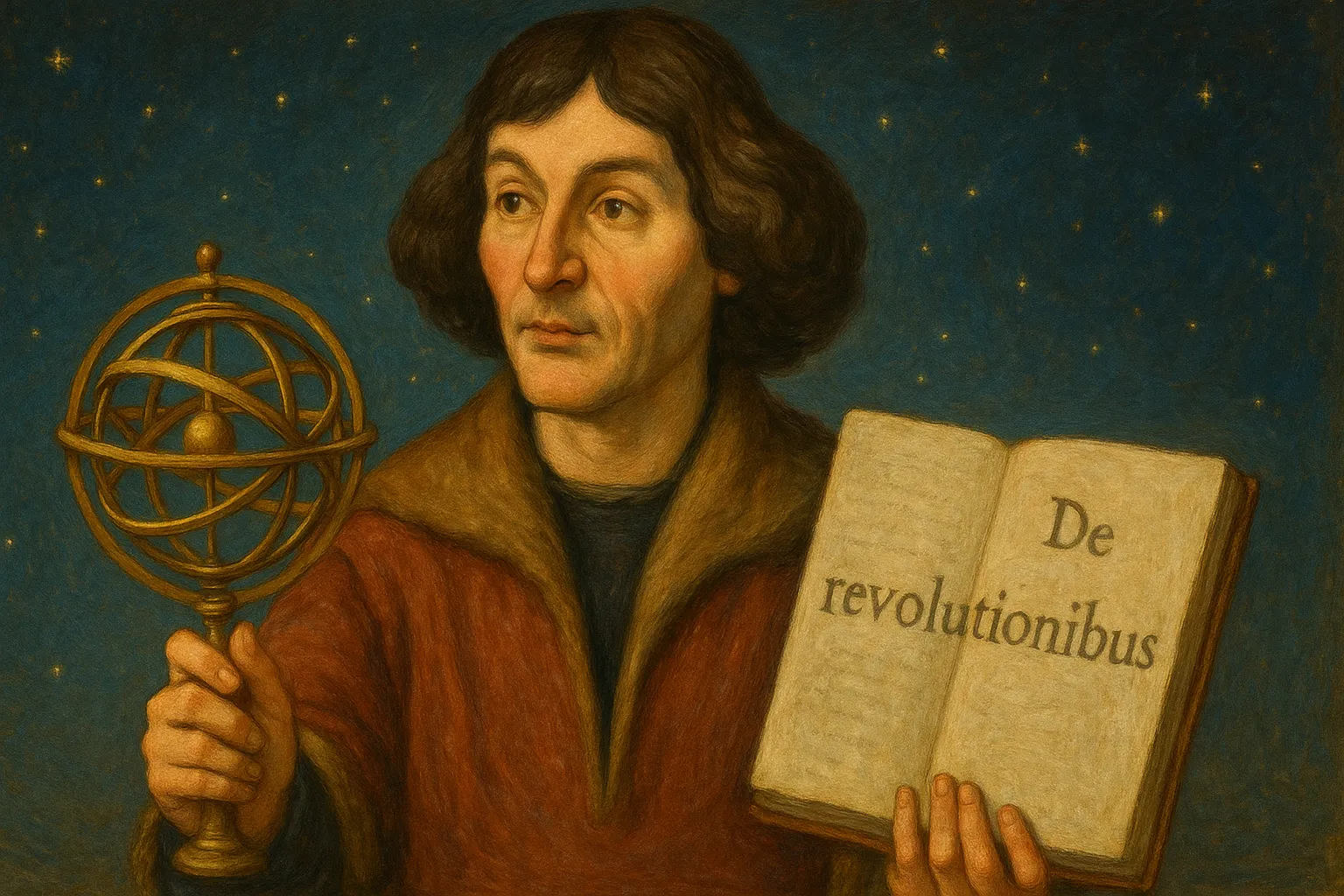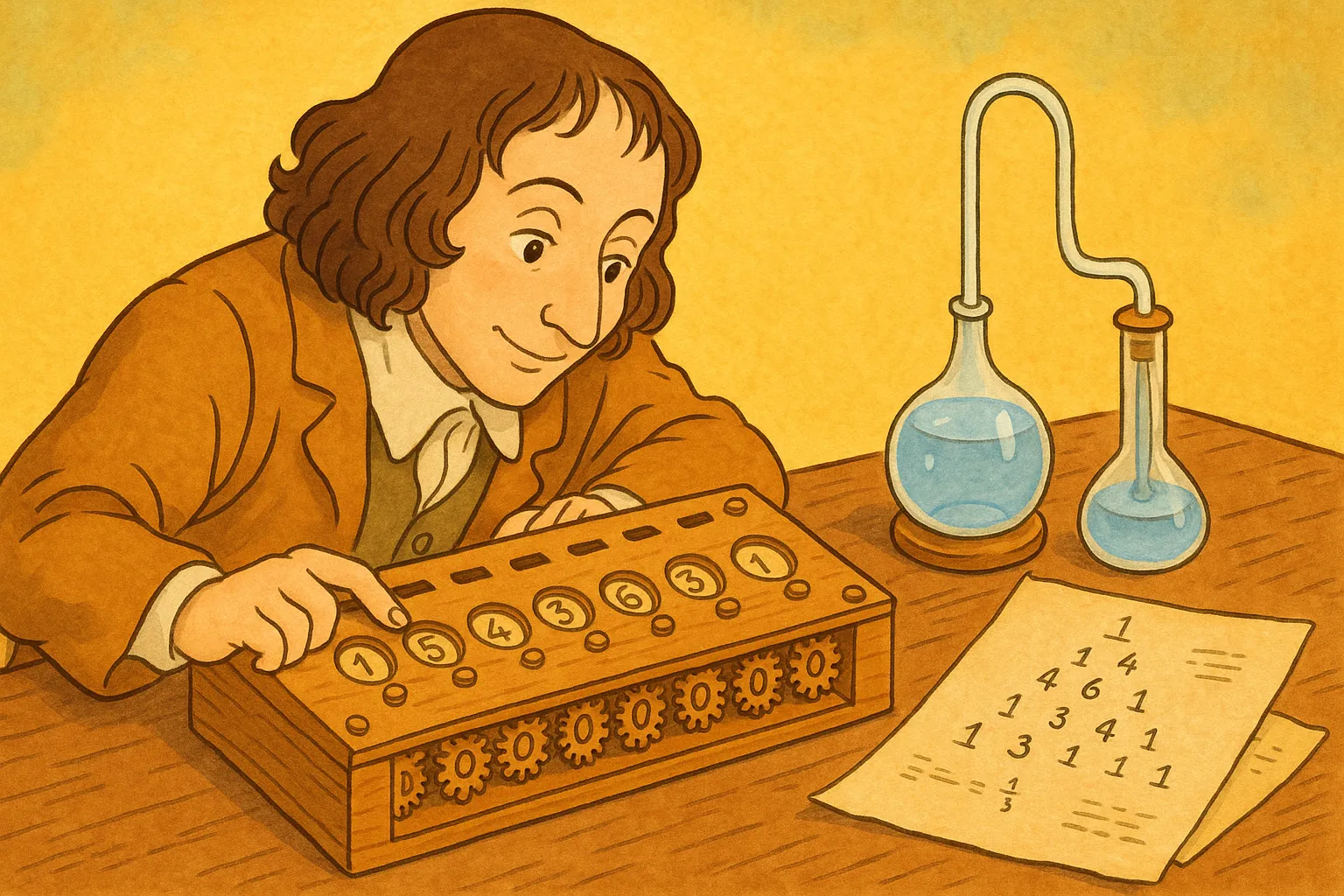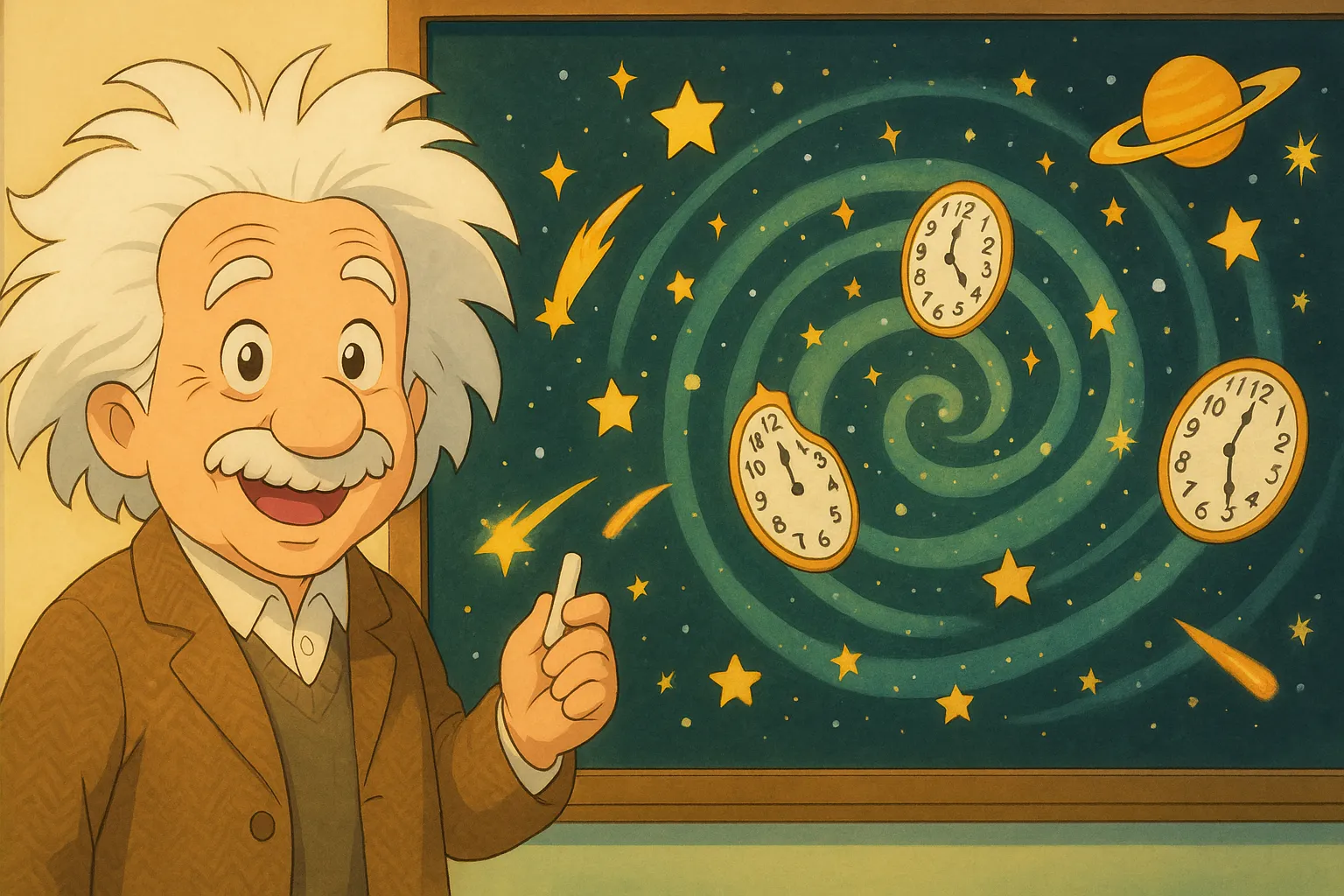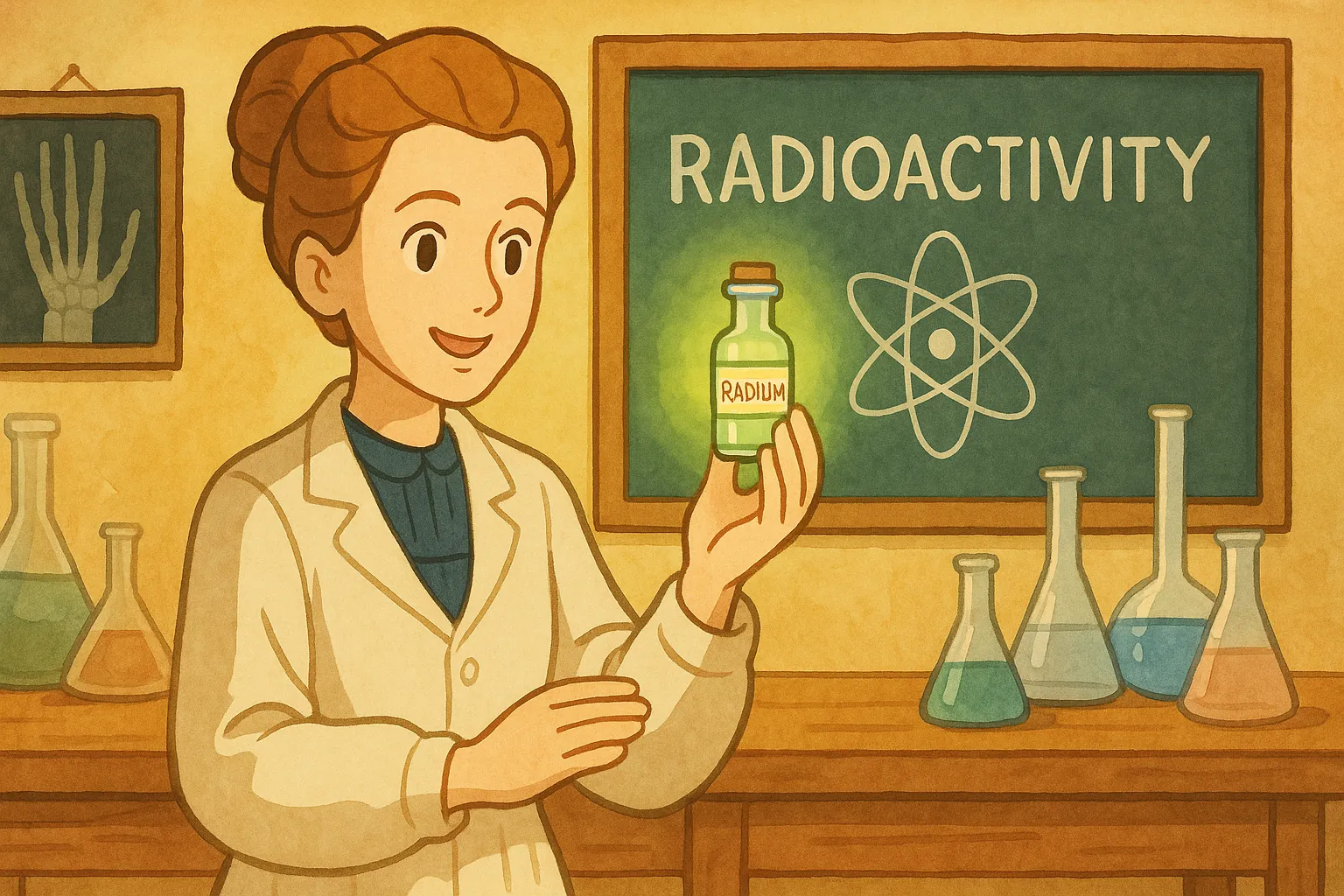
Frequently Asked Questions
Why is he called Alhazen?
Alhazen is the Latinized form of his name used in medieval Europe. His full Arabic name is Abu Ali al-Hasan ibn al-Hasan ibn al-Haytham.
Where was Ibn al-Haytham from?
He was born around 965 in Basra (in present-day Iraq) and later worked in places including Cairo during the Islamic Golden Age.
Did he invent the camera?
No. He didn't build a camera as we know it, but he used a pinhole setup (camera obscura) to show how images form and inspired later camera designs.
Can kids try one of his experiments?
Yes—make a simple pinhole camera from a shoebox, a small hole, and white paper to see an upside-down image. Always get adult help when using sharp tools.
How do we still know about his work today?
Many copies and translations of his Book of Optics survived. Later scholars translated and spread his ideas, allowing modern scientists to learn from him.

